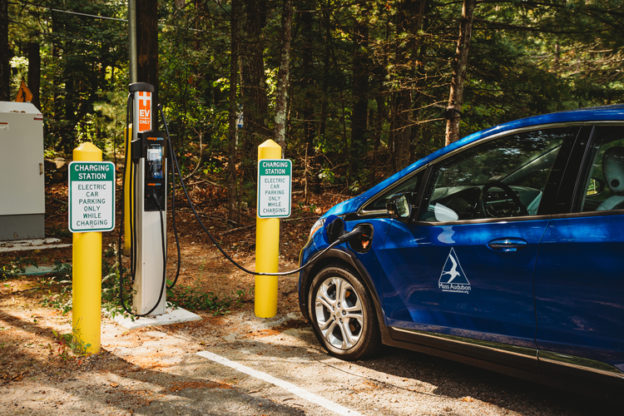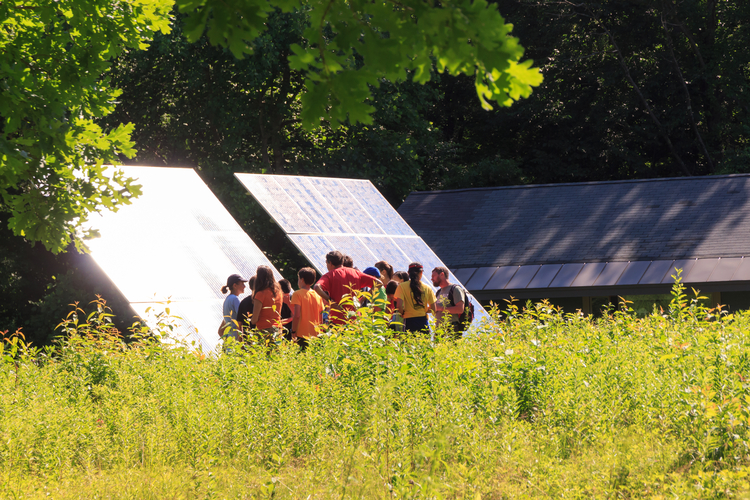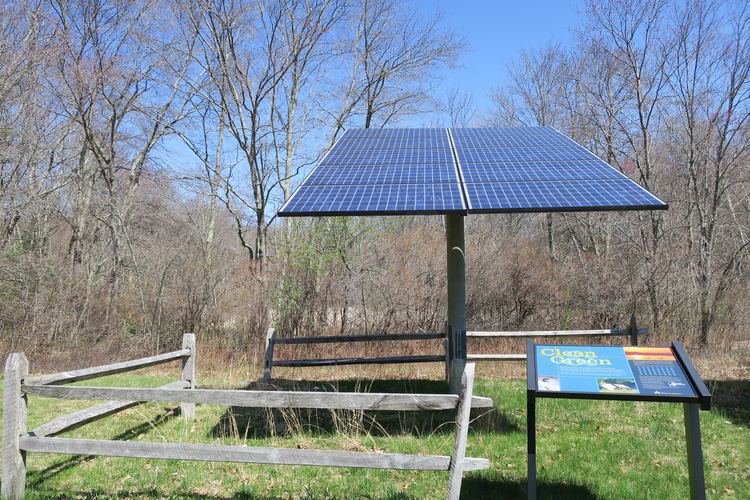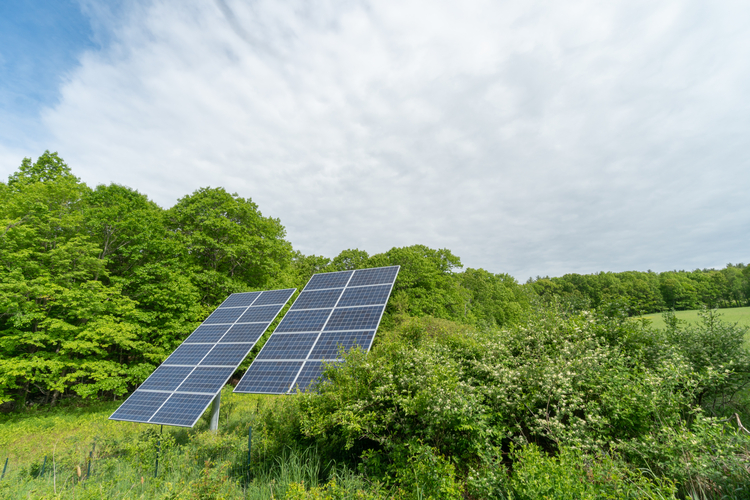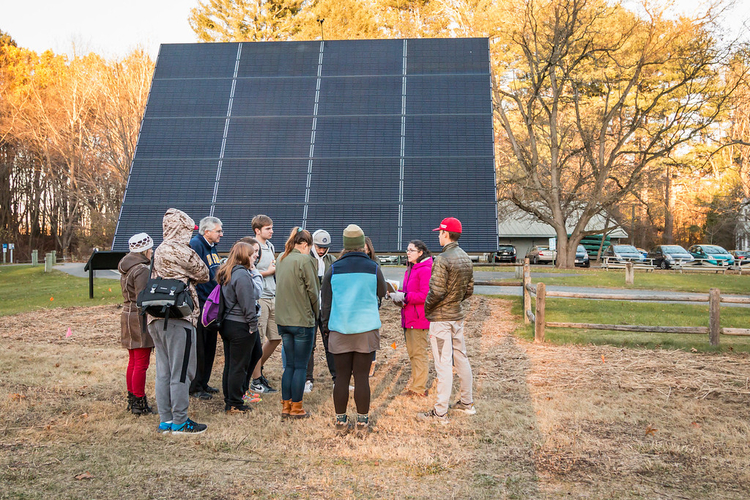Greenhouse gases (GHG) are the largest contributing factor to climate change, and the Environmental Protection Agency estimates that almost 27% of GHG emitted from the United States are caused by transportation. One way to green up your commute: opt for a hybrid or electric vehicle the next time you’re shopping for cars.
Electric v.s. Hybrid
The difference between electric and hybrid boils down to how the car is powered. Battery electric vehicles (BEVs) only use an electric motor and a battery. Plug-in hybrid electric vehicles (PHEVs) have both electric and gasoline-powered systems and typically have a range of 25 miles or so per electric charge before it switches to gas.
A typical hybrid electric vehicle (HEV) is similar to a PHEV in the sense that it has both an electric and gas-powered system, but the battery isn’t charged through an outlet. A typical gas-powered car creates energy in the form of heat when using the brakes, but HEVs can capture that energy to charge the battery.
Different car manufacturers including Tesla, Ford, Chevrolet, and Toyota produce a variety of BEV and PHEV options and consumer demand is increasing pressure for more companies to ramp up production. Waitlists are stacking up in the wake of each new model introduced. As of July 2022, Ford had a waitlist with over 200,000 customers for the F-150 Lightning electric truck.
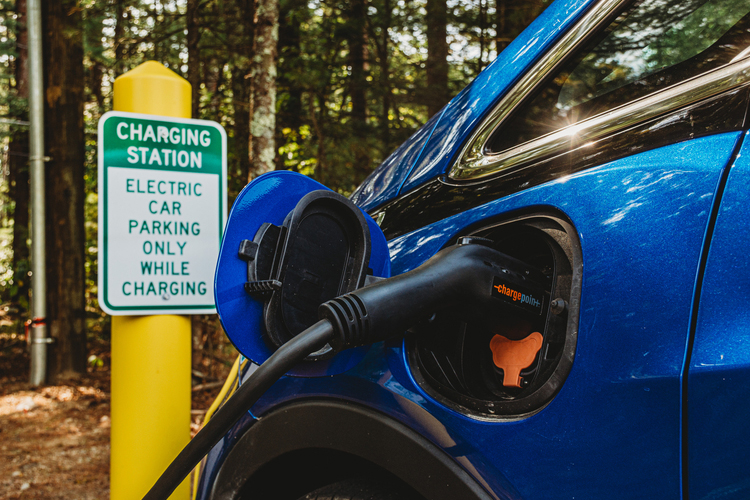
How and Where to Charge Your Vehicle
There are three speed levels to charge an EV. Level 1 (a regular household electric outlet) requires no upfront costs but is the slowest; it can take up to 50 hours for EVs and 6 hours for PHEV to fully charge.
Level 2, which is most common for residential and public charging stations, can charge an EV in 4-10 hours and a PHEV in 1-2 hours. This level requires a 240-volt power supply for the car to plug into. If you aren’t sure if you have a 240-volt power outlet or if your grid is equipped for one, call you electrician for an assessment of your installation options.
Level 3, direct current fast charging (DCFC), only takes up to 90 minutes to fully charge and is most commonly available along interstate highways.
More and more towns and businesses are offering public charging either for free or at a minimal cost. You can even encourage your workplace to install a charger. The Massachusetts Department of Environmental Protection (MassDEP) offers several programs that make stations more accessible and the Workplace and Fleet initiative provides businesses in nonresidential areas with a 60% rebate for Level 1 or Level 2 EV charging equipment and installation.

How to Buy an EV
The Green Energy Consumers Alliance is a great resource for comparing EVs when shopping for a new vehicle. Their Drive Green site lists several dealers, prices, and charging specifics.
Before picking out any model, don’t forget to explore potential rebates. Currently, EV buyers may be eligible for a $7,500 federal tax credit, and residents of Massachusetts that buy an EV for less than $55,000 from a licensed dealership in the Commonwealth may receive a state rebate of $3,500. Visit mor-ev.org to learn how to apply and Mass.gov for other state and federal rebate programs. Rebates and credits are subject to change with new laws and legislation, like the recent signing of the Inflation Reduction Act.

EVs at Mass Audubon
Mass Audubon is hoping to build a fleet of EVs across the state. We currently own two EVs (Chevy Bolts) and are in the process of replacing additional sedans with EVs and PHEVs. We are also looking into the new electric pick-ups (e.g. the Ford Lightning or Chevy Silverado).
In the meantime, we know many of our staff and sanctuary visitors already have EVs and PHEVs and need a place to charge while at our properties. We have 19 Level 2 charging stations available for visitors and staff located at 15 wildlife sanctuaries around the state, with each plug providing about 25 miles of driving range for every hour of charging time for an average EV. The electricity powering the cars at all our sanctuaries is also sustainable, sourced from solar panels and other green resources.
To learn more about the myths and facts about owning an EV, visit the United States Environmental Protection Agency’s Green Vehicle Guide.


